
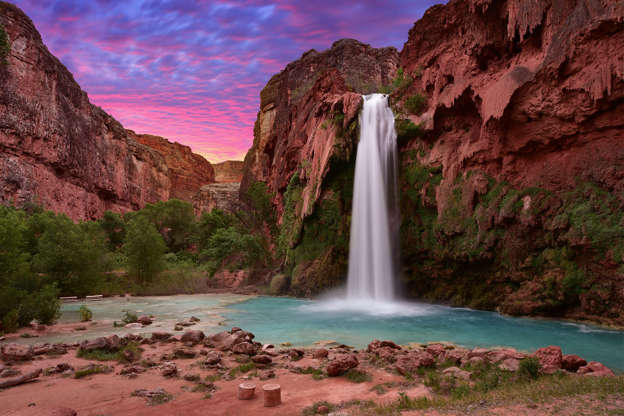
Havasu Falls, Arizona
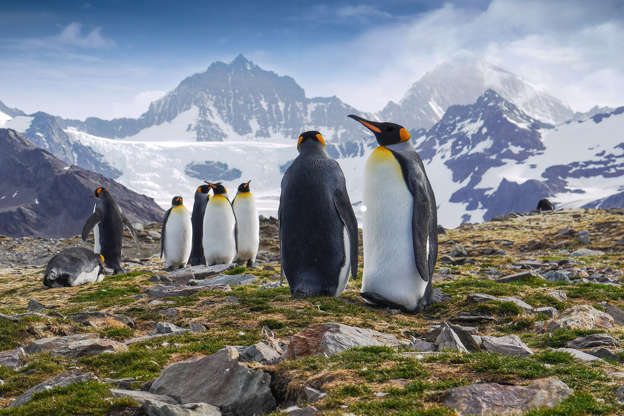
South Georgia Island, tip of South America
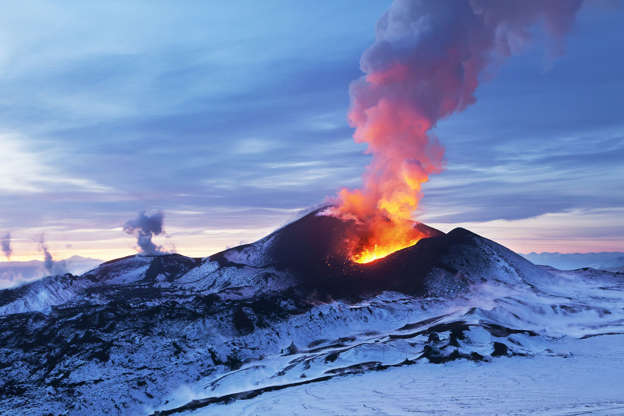
Most sights on the Kamchatka Peninsula, a "volcanic Eden" that stretches for
800 miles in northeastern Russia, are inaccessible except for by helicopter. The
region boasts at
least 300 volcanoes, 10% of them active, and is mostly unspoiled wilderness
with abundant eagles, orcas, bears, and salmon
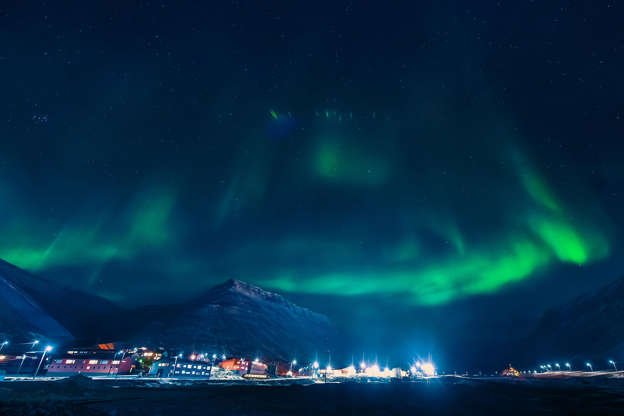
This Norwegian archipelago in the Arctic Ocean has at
least as many polar bears as people and is home to the Global Seed
Vault, meant to help restore the world's crops in case of widespread disaster.
The town of Longyearbyen, the world's northernmost permanently inhabited
community, gets 24 hours of sun in the summer, but 24 hours of darkness in the
winter.
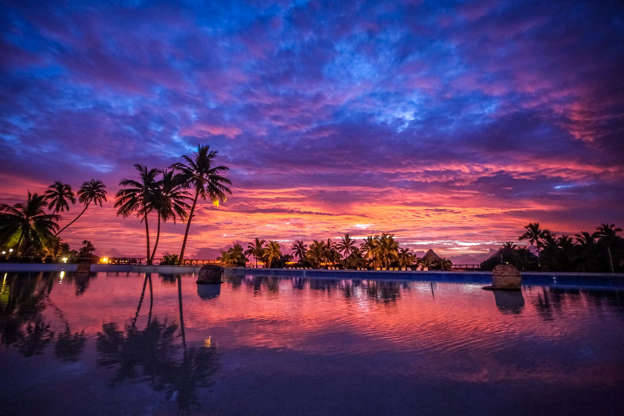
While Bora Bora is certainly a popular destination, it's still off limits for
all but a fraction of vacationers due to sheer expense. This Tahitian island
known for its over-water bungalows is one of the priciest, most far-flung
destinations in the world, and an average hotel room once
clocked in at $855 a night.
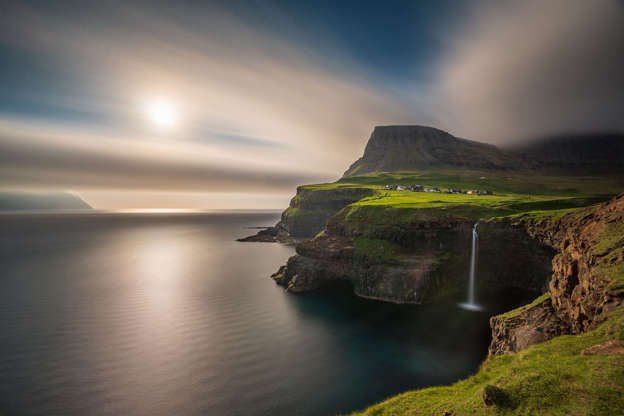
These remote, self-governed Danish islands halfway between Norway and Iceland
are certainly off the beaten path. Sheep
outnumber people, but there are plenty of craggy mountains, turf-topped
houses, puffins, and tumbling waterfalls (including the stunning Mulafossur) to
make the trip worthwhile
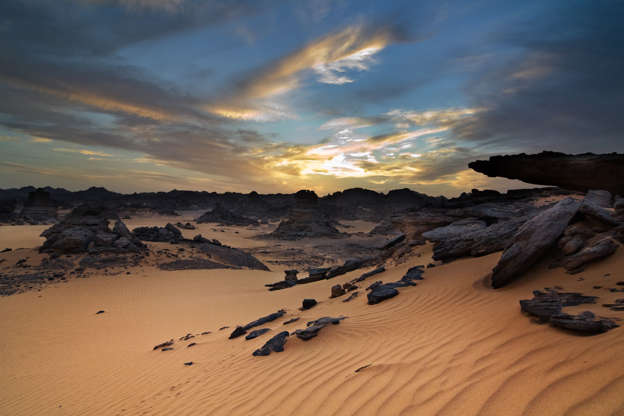
The Acacus Mountains are a dramatic corner of the Sahara carved by desert winds
and abrupt floods. The remote area in southwestern Libya, also
known for pictographs dating back as far as 12,000 B.C., is reachable
only by 4x4, and Libya remains largely off limits to most tourists because of
terrorism and civil unrest.
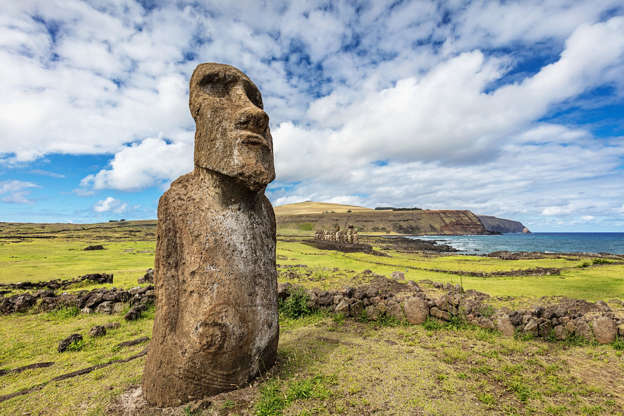
Easter Island's popularity with tourists belies just how remote it is: a
staggering 2,200 miles from the coast of Chile. It's also the closest landmass
to Point Nemo, the point in the Pacific Ocean farthest from any land. Still,
this small dot in the Pacific draws visitors eager to see
the hundreds of mysterious moai, statues carved by indigenous people close
to 1,000 years ago.

Dunes as far as the eye can see make up the Rub' al Khali, otherwise known as
The Empty Quarter, which stretches over a third of the Arabian Peninsula,
including vast swaths of Saudi Arabia, Oman, Yemen, and the United Arab
Emirates. Many of its 250,000 square miles remain unexplored, and it's the
largest area of continuous sand in the world.
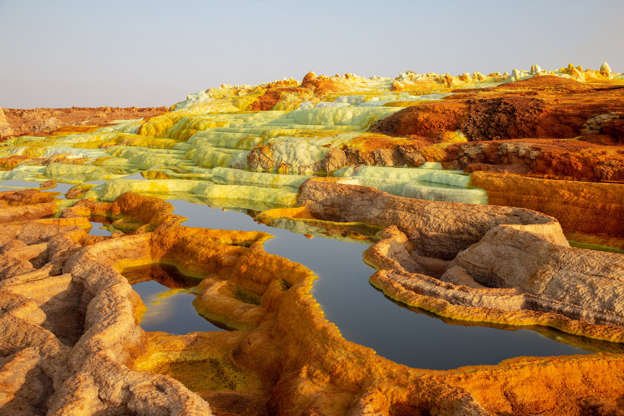
These
Island Vacations Don't Require a Passport. Once bustling with tourists, half
of the Caribbean Island of Montserrat is a strictly controlled exclusion zone
after a series of volcanic eruptions buried the region in the late '90s. The
island's capital, Plymouth, is now a modern-day
ghost town covered in ash, and the Soufriere Hills volcano continues to
erupt to this day.

A third of the plant life on this "most
alien-looking place on earth" in the Indian Ocean is unique to the
island, part of Yemen, according to Atlas Obscura. That includes the
umbrella-like dragon's blood tree, probably the most iconic example. Roads are
few and far between here, and most travel to turbulent Yemen has been a no-go
for U.S. citizens for quite a while.
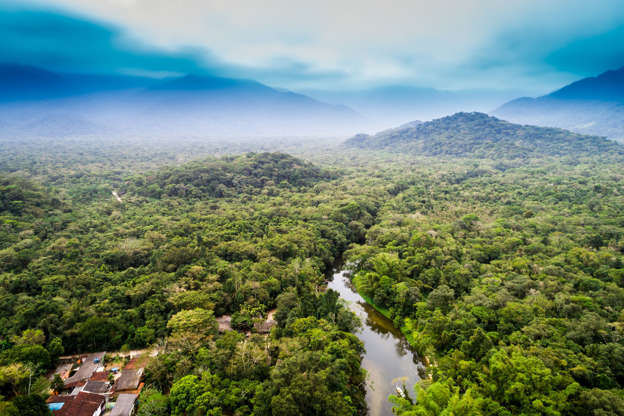
The Amazon is so large, it could be home to as many as 50 tribes that have never
had contact with the outside world. The river itself snakes nearly 4,000
miles from mountainous Peru to the Atlantic, and some of the vegetation
surrounding it is so dense that it takes up to 10 minutes for rain to reach the
ground.
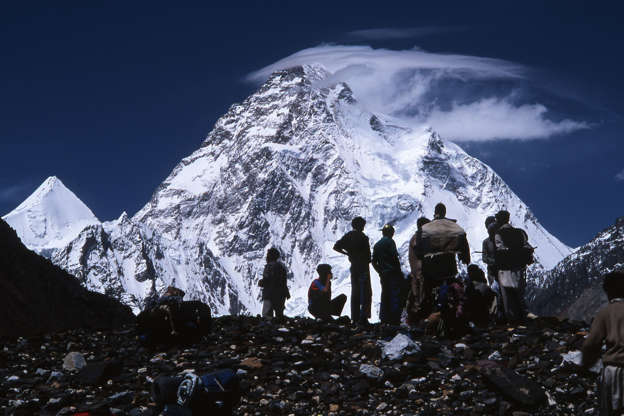
The world's second-tallest mountain is nicknamed "the savage mountain" for
good reason: It's far more difficult than Mount Everest to climb, with
mind-boggling steep cliff faces, and a location so remote that just getting
there is an expedition in itself. Nearly
30% of climbers die trying to reach the top, compared with 4% who try
to summit Everest.

There's a reason
Napoleon was exiled here: This volcanic island, a British territory in the South
Atlantic, is a staggering 1,200 miles from southwestern Africa, the nearest
stretch of continental coastline. Until late 2017, the island was reachable only
by a five-day voyage from Cape Town, but it now has an airport, nicknamed
"the world's most useless."
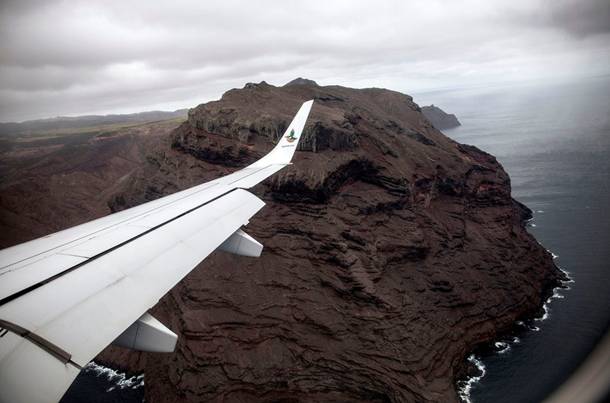
A picture
taken from the inaugural commercial flight between Johannesburg, South Africa,
and the British Overseas Territory of Saint Helena shows the cliffs of the
volcanic tropical island in the South Atlantic Ocean on October 14, 2017.

A picture
taken on October 15, 2017, shows the inaugural commercial plane from
Johannesburg before its takeoff at the newly-built Saint Helena Airport.

A picture
taken from the inaugural commercial flight between Johannesburg and Saint Helena
shows the newly built airport.
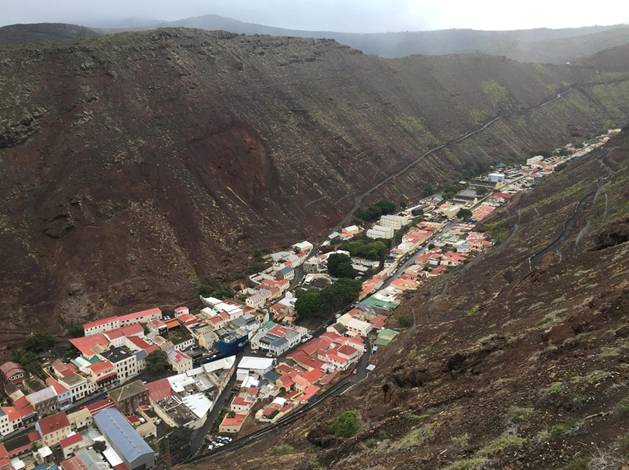
Jamestown, on the tiny
Atlantic island of Saint Helena.
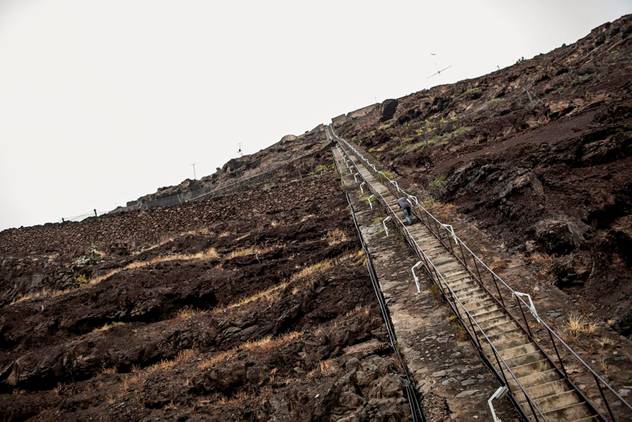
A man climbs the 699 steps of
Jacob's ladder rising from Jamestown.
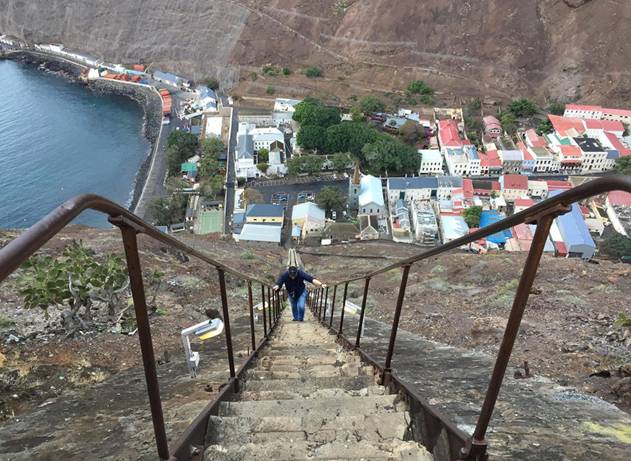
A man walks up the stairs
above Jamestown.
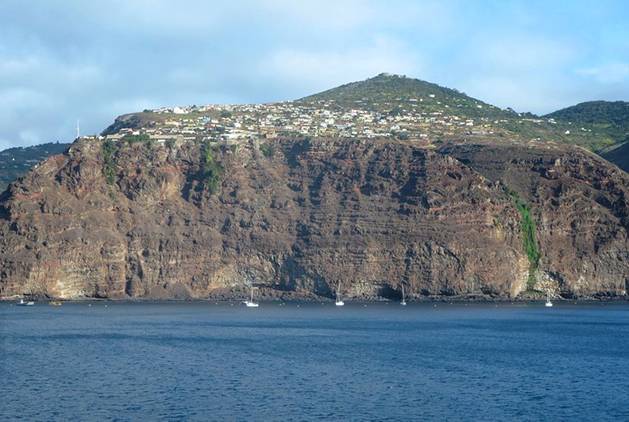
The suburb of Half Tree Hollow
at Jamestown on Saint Helena Island sits on an inclined plateau rising from
Ladder Hill to High Knoll Fort.
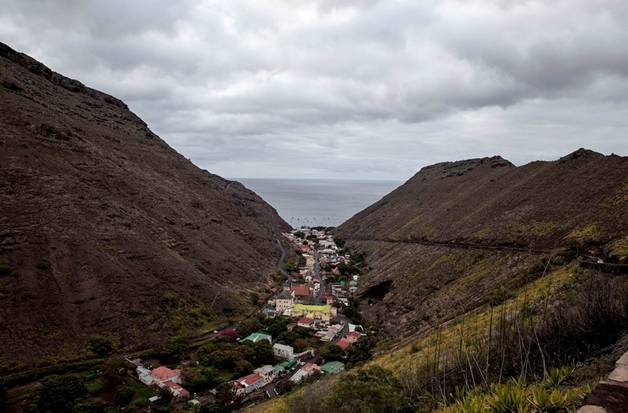
A picture shows Jamestown,
Saint Helena's capital.
|